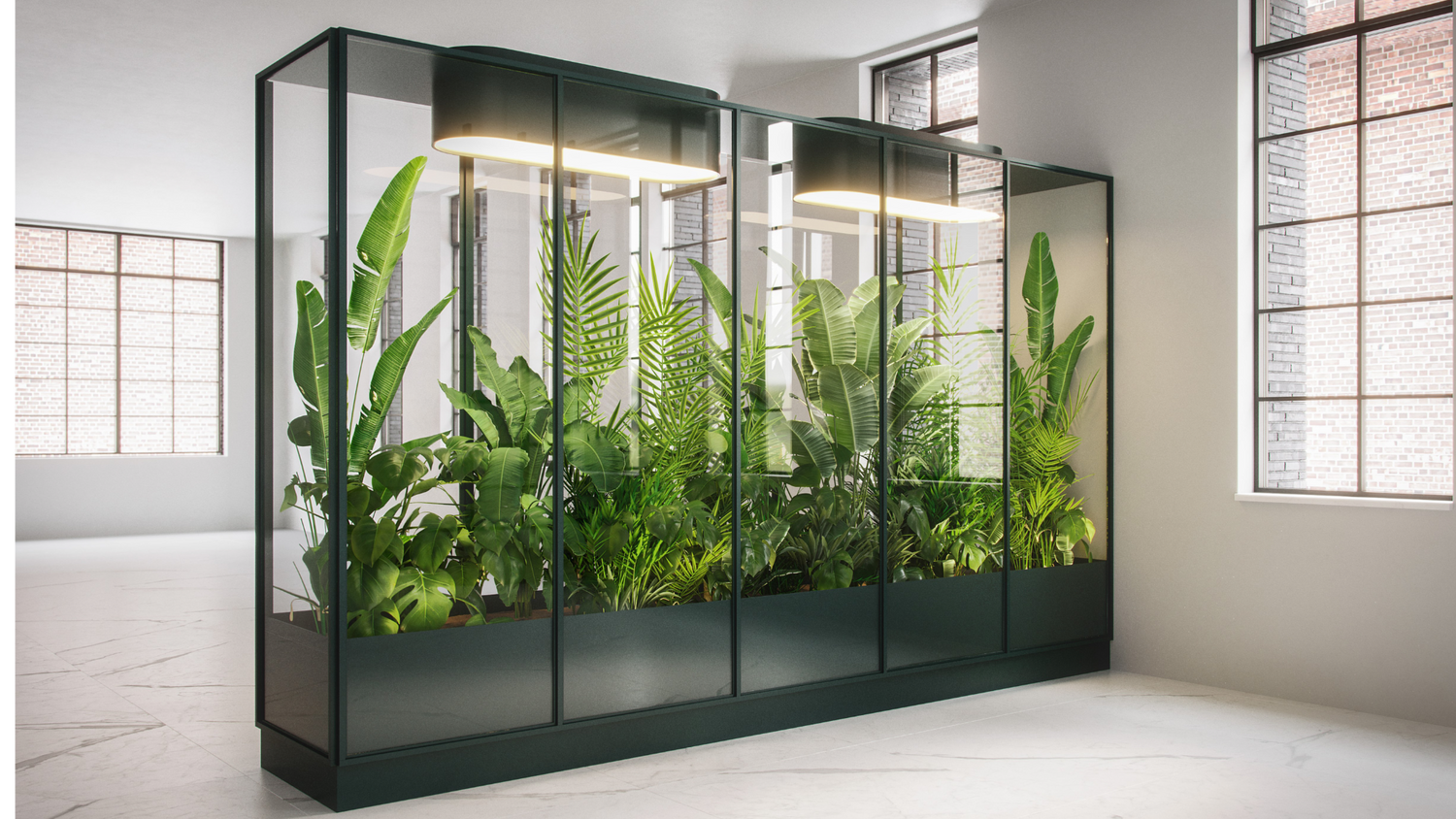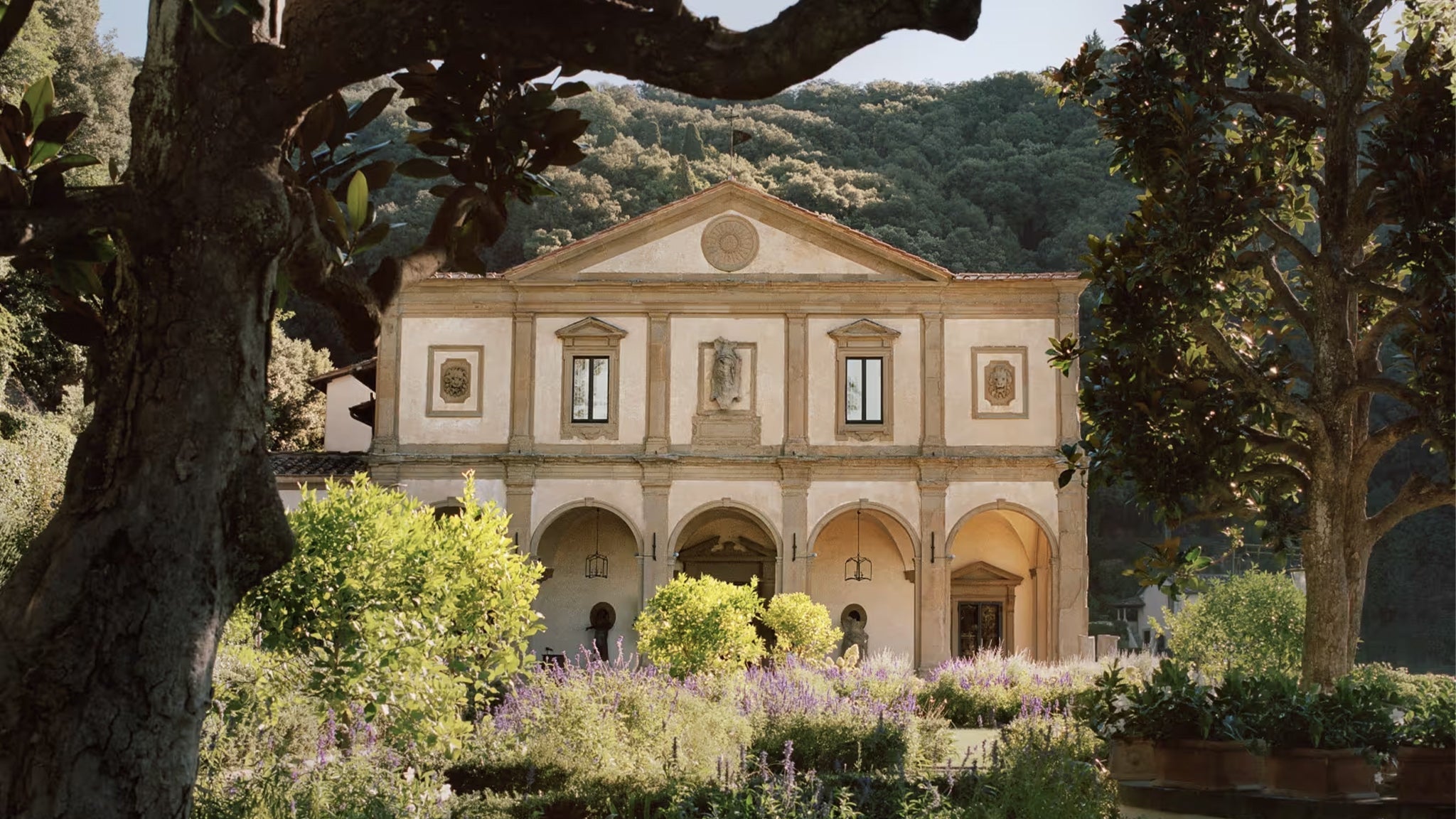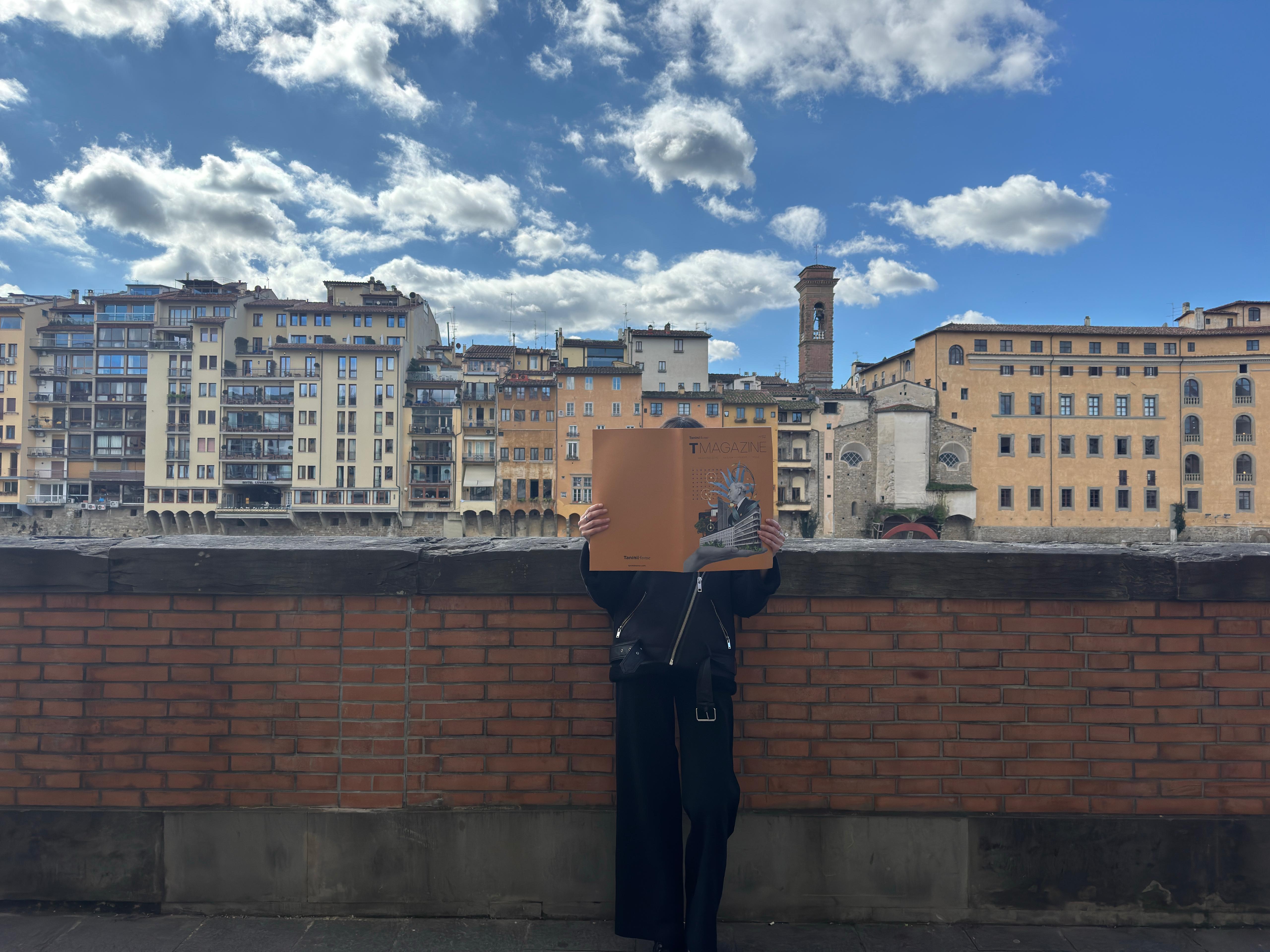Elisa Azzarello and Camilla Pandolfi of PNAT tell us about the innovative project that brings nature and well-being into hospitals, revolutionizing healthcare spaces
In a world where design and architecture play an increasingly important role in improving the quality of life, the biophilic hospital emerges as a pioneering example. We interviewed Elisa Azzarello and Camilla Pandolfi , agronomists and co-founders of PNAT , to delve deeper into the potential of biophilic architecture applied to one of the most challenging contexts: hospitals.

PNAT, a spin-off of the University of Florence, led by the innovative thinking of Professor Stefano Mancuso , is a leader in designing solutions that integrate plants and technology , transforming spaces into places of well-being, sustainability and beauty. With the Careggi Green project, we want to celebrate sustainable and visionary design, demonstrating how contact with greenery can redefine not only the appearance of environments, but also the experience of care itself .
The "Careggi Green" project is an innovative example of biophilic architecture applied to a hospital. What is the importance of biophilia in a healthcare context and what are the main benefits for patients and healthcare professionals?
Integrating greenery into places of care is essential. The proximity to plants and nature promotes physical and mental recovery , reducing stress. There are studies that demonstrate how even simply looking out onto green spaces through a window can shorten the days of convalescence. We have already had similar experiences: at the Meyer pediatric hospital in Florence , for example, we transformed a bare terrace into a hanging garden, accessible to cancer patients, their families and healthcare personnel. The result was surprising: contact with greenery changes the mood and improves the well-being of those who live in those spaces.

How was the Careggi hospital complex chosen to launch this project? Are there specific aspects of this hospital that make it particularly suitable?
It all started from a dialogue with the Careggi Hospital Foundation, which showed a strong interest in integrating biophilic solutions in different areas of the hospital. The idea is to start with targeted interventions, such as in the maternity ward, and then expand the project to other sections of the complex, such as the oncology center. It is important to underline that these solutions also adapt perfectly to shared spaces such as waiting rooms and corridors, making the entire environment more welcoming.
The project includes interventions such as the insertion of "Air Factories" and internal and external green areas. How do these solutions integrate with the existing architecture and what are the biggest challenges in implementing them in a hospital environment?
The Air Factory is a botanical filtration system that combines technology and plants in a sort of glass greenhouse. The air is sucked in, filtered through the substrate and roots of the plants, and returned purified to the environment. It is designed for closed spaces and requires some technical preparation, but once installed it is practically autonomous. We have perfected this system with years of experimentation to optimize the substrate and select tropical and subtropical plants, which guarantee the maximum benefit in terms of reducing pollutants.
Integrating these systems into a hospital is not easy: the spaces must be functional and compliant with regulations. But overcoming these challenges is essential, because improving indoor air quality is an issue that is often underestimated. We always think about external pollution, but internal pollution – from glues, detergents or building materials – can be just as harmful.

How can biophilic design influence the perception of the place by patients and visitors? Is there a part of the project that you consider particularly significant or symbolic for the well-being of people?
Biophilic design radically transforms the perception of spaces. Aseptic and anonymous hospitals become welcoming, almost familiar places. Green is not just a decorative element: it is an activator of positive emotions. At Careggi, for example, we are working to create areas such as the internal maternity courtyard, with green islands and rest areas. This type of intervention not only improves mood , but reduces stress and makes the care experience more human.
Another aspect that is important to us is beauty. Let's think about the broader concept of "place of care": a hospital must not only be functional, but also pleasant, because the environment directly affects people's well-being.
Looking to the future, do you think the “biophilic hospital” model could be extended to other healthcare facilities? What could be the future developments or applications of this approach in hospital architecture?
Absolutely! The biophilic hospital model is replicable and scalable. We are already collaborating with Renzo Piano for the Grand Hôpital de Paris Nord , where we are integrating Fabbriche dell'Aria in the waiting rooms. But the applications do not stop at hospitals: these systems can be adopted in RSA , offices, co-working, shops, showrooms and other places where people spend a lot of time. An interesting example is the installation of Fabbriche dell'Aria in some Coops and pharmacies, where we have received extremely positive feedback. People immediately notice the difference and tell us how their perception of the space changes after the intervention. This approach is not just an aesthetic or environmental solution, but a real investment in daily well-being.





